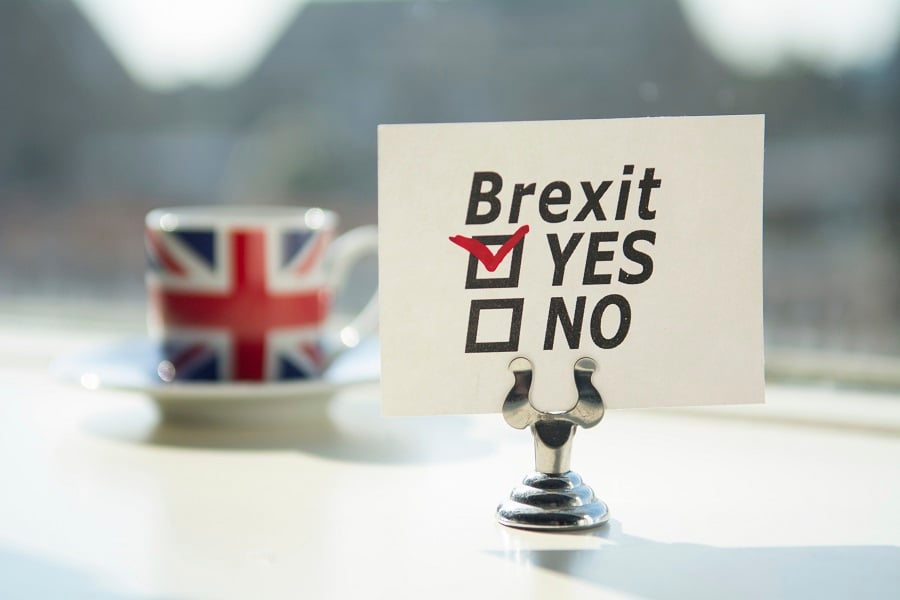U.S. and European stock markets reeled from the United Kingdom's decision to leave the European Union. But one subcategory — managed futures funds — did a surprisingly good job in easing some of the pain from Britain's decision to make a Brexit.
And, at least for two days,
the damage was considerable. Markets had long assumed that the U.K. would never leave the E.U. And when the referendum vote came in, markets reacted badly. The MSCI Europe, Australasia and Far East (EAFE) index tumbled 8.46% from June 23-27, while the Standard and Poor's 500 stock index fell 4.07%, assuming dividends were reinvested.
Alternative funds, of course, are supposed to offer returns that are not correlated with the major stock indices. A two-day period is hardly a long-term study. And, to their credit, most liquid alts didn't fall apart. During the two days after the Brexit referendum, market neutral funds fell a modest 0.47% and long-short equity funds fell 2.63%. That's certainly better than the S&P 500.
Managed futures funds, however, were boosted both during the Brexit panic and the post-Brexit rally, gaining an average 3.6% over the entire period from June 23 through July 1. Only seven of the 56 managed futures fund tracked by Morningstar lagged the S&P 500 in June.
At least in theory, managed futures are supposed to reduce risk and increase return in a stock or bond portfolio. The low correlation between managed futures and stocks was first detailed by John Lintner of Harvard in 1983. This doesn't mean that managed futures will necessarily rise when stocks or bonds fall. It does mean, however, that they offer the possibility of doing so, and of smoothing out market disruptions, including unexpected ones like the Brexit vote.
“It's been said that diversification is protection against ignorance, and there's some truth to that,” said David Kabiller, founder and head of business development at AQR. “You have to invest with a level of humility to understand there's a lot of uncertainty in the world from a regulatory and economic standpoint.”
Futures traders typically need markets moving in a strong trend up or down to make money. And, while the U.S. stock market was volatile leading up to the British referendum, other markets were showing strong trends, says Yao Hua Ooi, principal at AQR.
AQR uses a 1-month to 12-month trend-following approach at AQR Managed Futures Strategy HV I (QMHIX), which clocked a 8.52% gain in June, versus a 0.26% gain for the S&P 500. “Leading up to the Brexit vote, financial markets were picking up on the probability of potential 'leave' events,” Mr. Ooi said. “Our strategy going into the vote was being long fixed income, long safe-haven assets like the yen, gold and silver.”
Other managed futures funds deserve a nod for their June performance. Arrow Managed Futures Strategy A (MFTFX) gained 12.12% in June, according to Morningstar, Monte Chesapeake Macro Strategies (MHBAX) rose 8.76%., and Longboard Managed Futures Strategy (WAVIX) increased 8.66%.
Managed futures funds can differ widely in their approaches, and you should thoroughly investigate what they can and can't do. Some funds, for example, are long-only, meaning they can only bet on price rises. Others, like AQR's offering, can bet on falling prices. Still others vary on the amount of risk they take, so investigate a fund offering carefully.







